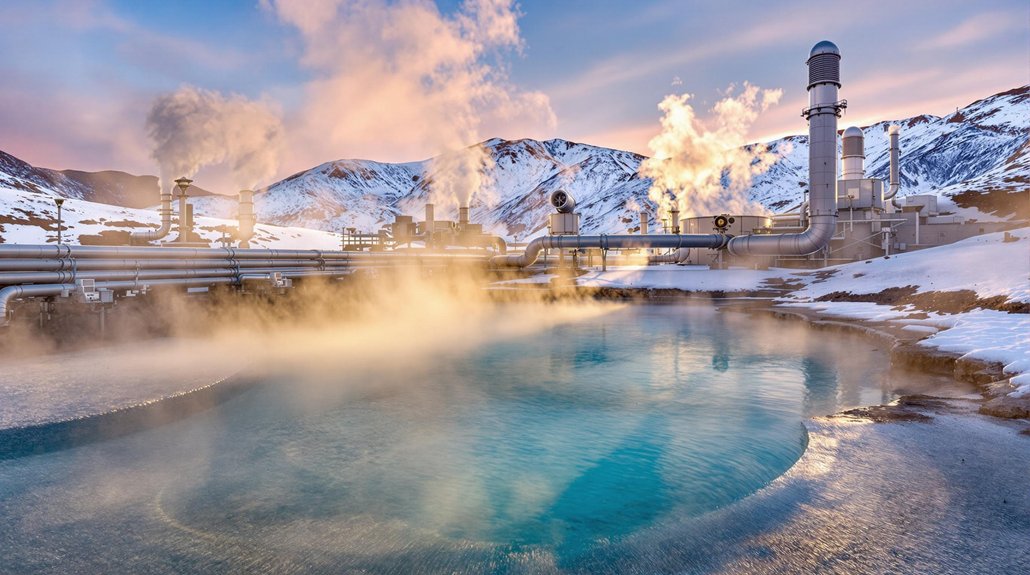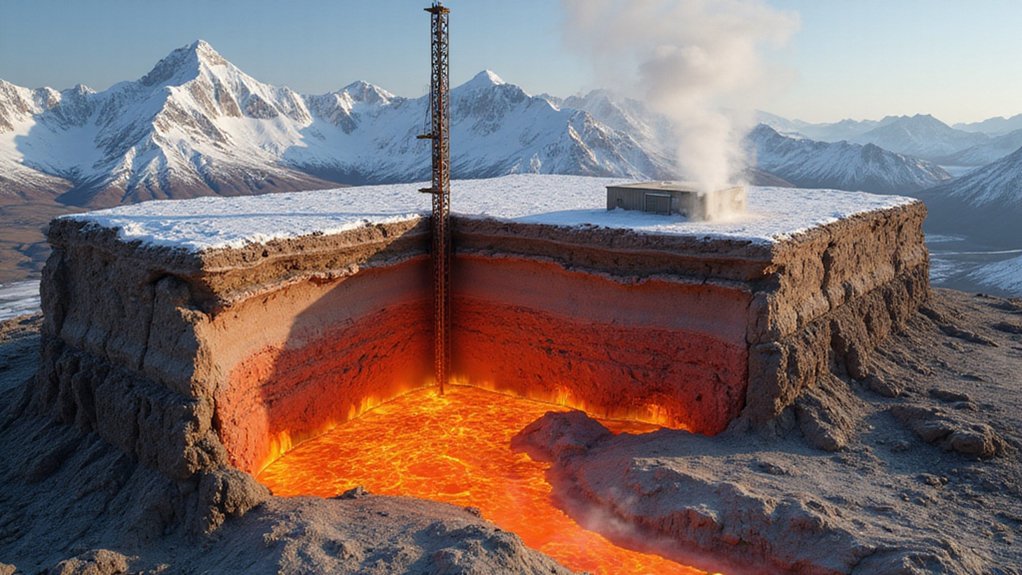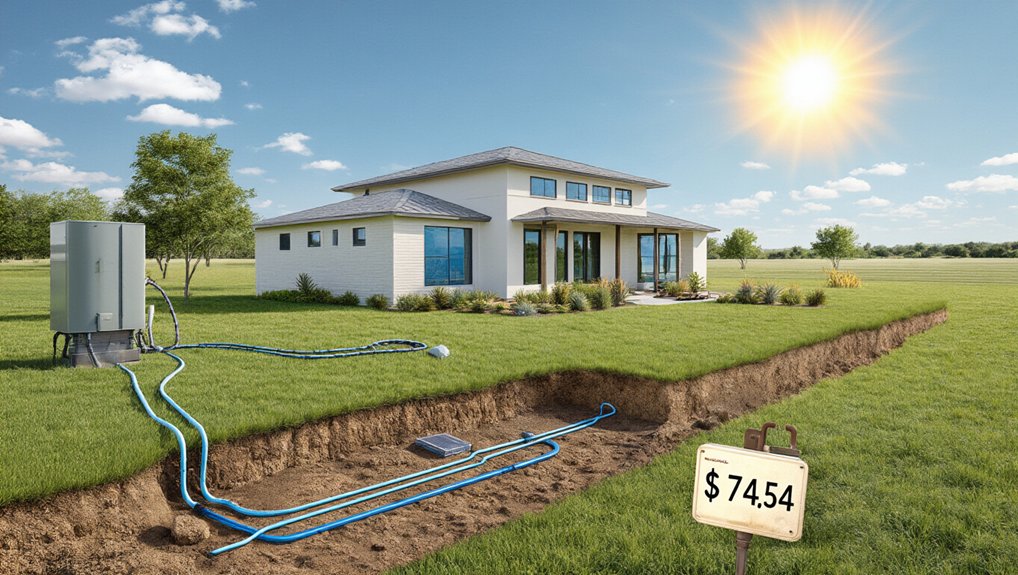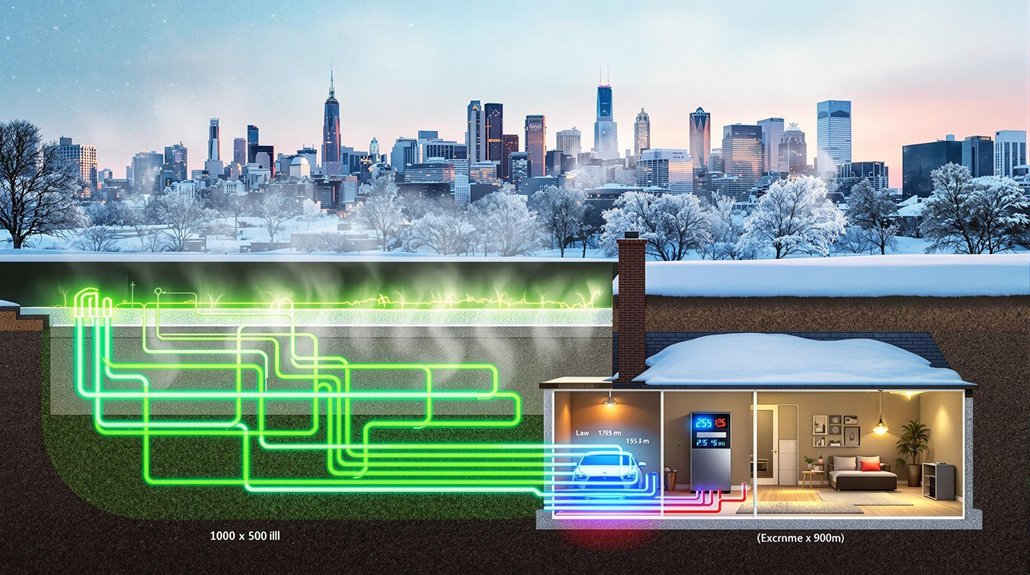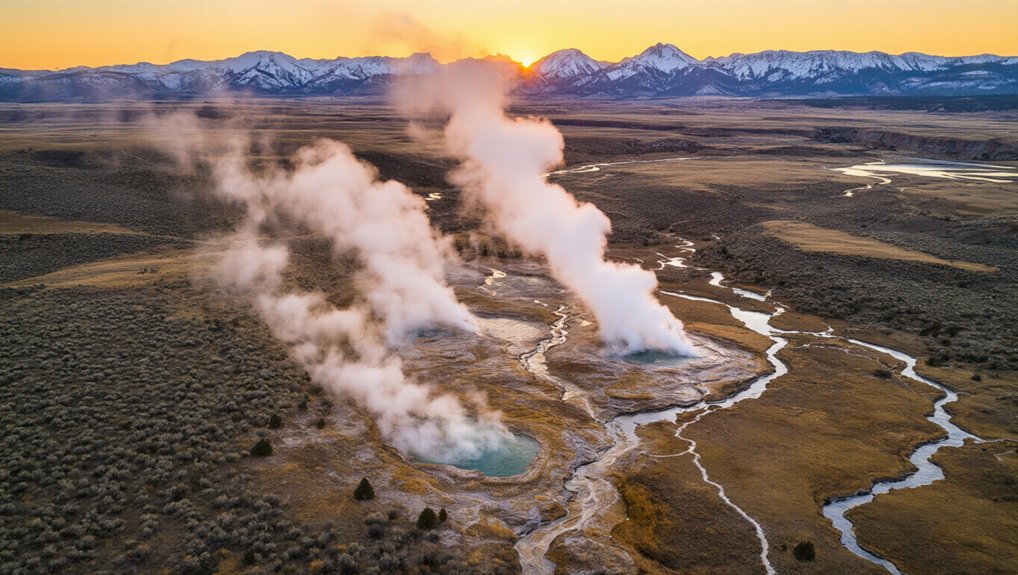Colorado’s $50 million hot springs tourism industry faces a showdown with geothermal energy developers. The clash pits vacation spots against clean energy potential. Thirty-plus destinations, including world-famous Glenwood Springs, create thousands of jobs while energy companies eye the same bubbling resources. Native American cultural sites hang in the balance. Environmental concerns? Plenty. Tourist dollars versus energy efficiency rates of 500% makes for one steamy battle that’s about to boil over.
Bubbling oases dot Colorado’s rugged landscape, attracting millions of visitors each year. These natural hot springs—over 30 developed locations throughout the state—pump more than $50 million annually into Colorado’s economy. Not too shabby for some hot water.
Places like Glenwood Hot Springs Resort, home to the world’s largest mineral hot springs pool, have been drawing tourists since the 1880s. Pagosa Springs boasts the deepest geothermal hot spring on the planet. Tourists eat that stuff up.
But trouble’s brewing beneath the surface. The same geothermal forces that create these therapeutic waters have caught the attention of energy developers. Why relax in hot water when you can power a city with it? At least, that’s their thinking.
The growing interest in geothermal energy development is creating tension between tourism operators and energy companies. They’re fundamentally fighting over who gets to use all that hot water bubbling up from below.
The battle for Colorado’s liquid gold isn’t just heating up—it’s boiling over as tourism and energy titans clash underground.
These hot springs aren’t just cash cows. They’re job creators. Thousands of positions in hospitality, recreation, and service sectors exist because people want to soak their achy bodies in mineral-rich waters.
Small mountain towns depend on year-round visitors seeking relaxation and outdoor recreation. It’s how they survive.
The environmental angle complicates things further. Hot springs already face overuse concerns and the threat of climate change affecting water temperatures and flow rates.
Now add energy extraction to the mix. Perfect.
Colorado’s unique abundance of approximately 93 hot springs sets it apart from states like Nebraska and Indiana that have none at all, making these resources particularly valuable in the regional tourism landscape.
Many locations have cultural significance too. Native American tribes used these springs for centuries before tourists showed up with their selfie sticks. Historic bathhouses and structures stand as proof of their long-standing appeal.
The future? Unclear. While luxury “glamping” experiences and wellness tourism trends boost the hot springs industry, potential conflicts over water rights loom large. Despite these tensions, geothermal energy’s high efficiency rates of 300-500% make it an attractive alternative to traditional power sources. The tourism sector in similar areas like Hot Springs has seen visitor spending increases of nearly 30% over five years, showing what’s at stake economically.
Colorado communities must navigate this delicate balance between preservation and progress. The question remains: can these natural wonders continue to bubble peacefully while powering our future? Time will tell.
